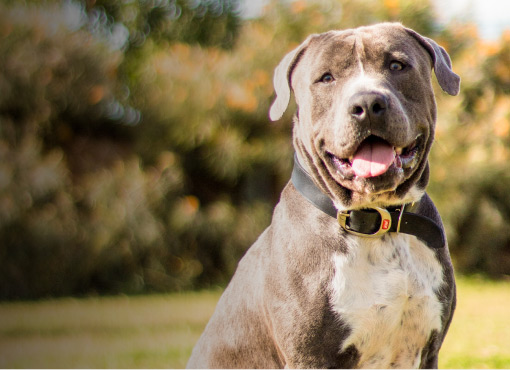The cluster fencing does not include internal fencing. As a cooperative, if they abide by certain rules, they can apply for government financial support to build the fence. Basically they receive about half the cost of the external fence from the government and the rest they have to fund themselves. Within the group, the cost is divided up according to percentage of the external fence belonging to each property. Internal fencing remains the responsibility of the individual property owners. The financial support comes from both federal and state governments.
The fence erected must meet certain criteria to be eligible for financial support. Basically the minimum height is stipulated along with the need to have a skirt at the bottom. Other than that not much more is mandatory. In many cases the top rung is barbed wire.
Why is it used?
Historically, much of western Queensland was sheep country but now most farmers no long have sheep because of the havoc wreaked by wild dogs. Wild dogs include dingoes but the majority of animals that cause the damage is dog/dingo hybrids. The hybrids are usually bigger and stronger than dingoes and can therefore cause a lot more damage to animals. Whole swathes of Queensland are now free of sheep.
Sheep and lambs attacked by wild dogs suffer extreme pain. They are either killed in very inhumane ways or are left to die in the paddock having had parts of them eaten.
The extent of cluster fencing in Queensland can be tracked at https://notjustafence.org/
What are the concerns with cluster fencing?
Despite the above, there are concerns with the use of cluster fencing. The main concern is in relation to the effect the fencing has on wild animals who share the country. The fence presents a real barrier to wildlife and their normal movement through the landscape. Access to waterholes has also been raised as a concern. In the last ten years the percentage of Queensland that is within clusters has risen markedly which increases the chance of negative consequences to wildlife.
Macropods and emu are particularly prone to becoming trapped inside fenced areas, trapped outside of their normal range and even entangled in the fences (particularly when barbed wire is used). But other species are also effected such as native birds, flying foxes, echidnas and goannas. An animal running through the landscape is at risk of becoming injured on the fence.
Macropods trapped within clusters are either prevented from accessing water and die of dehydration (not a nice death), or farmers must control their numbers by shooting them using Damage Mitigation Permits received from the Department of Environment and Science.
Another consideration is that over time only a limited number of species survive within the fenced areas which completely changes the biodiversity of large tracts of land.
Conclusion
Farmers see fences as one of the tools that can be used in the fight against wild dogs. Baiting, shooting and trapping must continue as well. They view fences as life-savers as they allow sheep to be farmed again. This has made huge differences to their livelihood and the ability to have a viable farming enterprise.
Even though still only a small proportion of Queensland is within cluster fences, insufficient research examining how these fences impact wildlife and the environment has been conducted. Even on land that has been previously extensively cleared, where we know the ecosystem has been irrevocably changed, we do not understand the impact of the fencing.
Most of what is written on government and industry websites extol the virtues of cluster fencing and only consider them from an economic perspective. We must also use other lenses such as conservation and wildlife welfare.
RSPCA Qld calls for more research into cluster fencing taking a more holistic view.
The biggest threat to wildlife is land clearing and we need to work to reduce the amount of Queensland that is being cleared annually. The latest figures suggest that just under 95% of land clearing is for pasture and millions of Queensland animals are being killed every year - read more on land clearing in Australia and how it is affecting wildlife.



